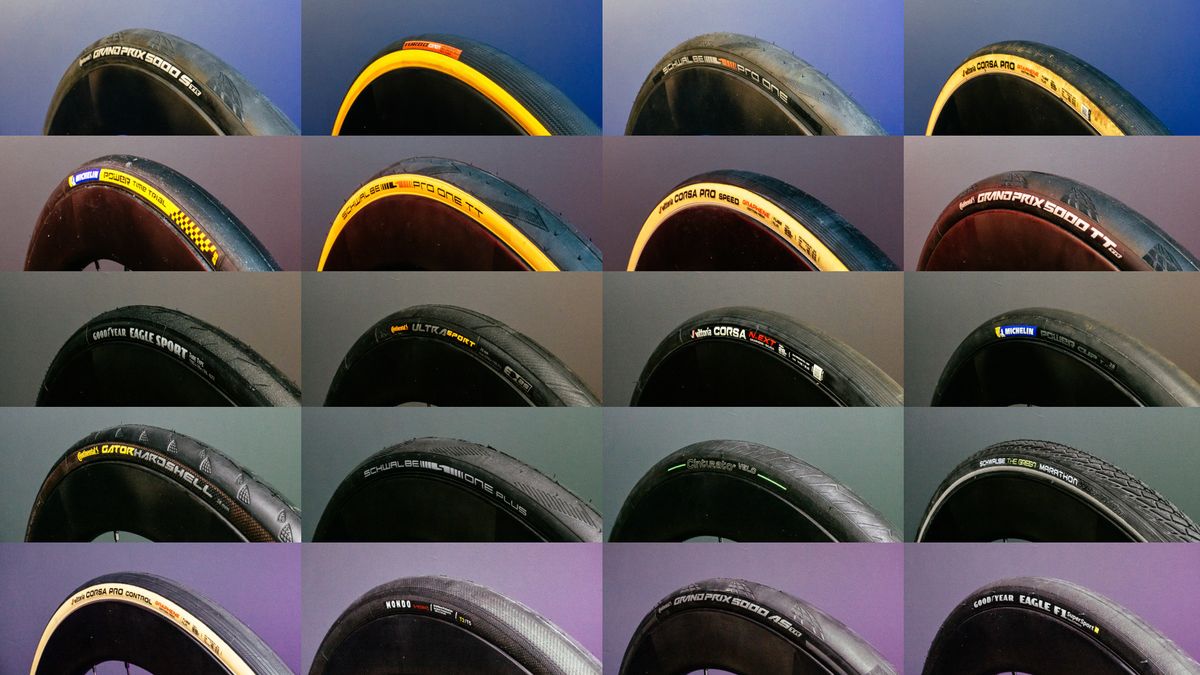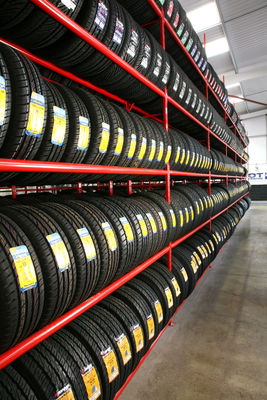All Categories
Featured
Table of Contents
The Michelin used a comfy driving experience, qualified by receptive guiding and a modern understeer equilibrium. Regardless of the cooler testing problems, Michelin's consistent time and grip over three laps suggests its suitability for real-world applications.
One more notable aspect was Yokohama's warm-up time. The tire's very first lap was a 2nd slower than the second, aiming to a temperature-related hold increase. This suggests the Yokohama may beam in dry, race-like conditions. However, for daily usage, the Michelin may be a safer bet. Successor was the Hankook.
Tyre Fitting (Alexander Heights WA)
It shared Michelin's secure understeer balance however lacked the latter's desire to transform. Continental and Goodyear's efficiencies were remarkable, with Continental's new PremiumContact 7 showing a significant enhancement in damp problems contrasted to its predecessor, the PC6. This design was much less conscious pack changes and acted a lot like the Michelin, albeit with slightly much less communication at the limitation.
It integrated the safe understeer equilibrium of the Michelin and Continental with some stylish handling, showing both foreseeable and quick. As an all-rounder for this Golf GTI, Goodyear's Uneven range was the standout, demonstrating outstanding performance in the damp. Ultimately, the Bridgestone Potenza Sporting activity took the crown as the fastest tyre, albeit by a little margin.
Drivers seeking an exciting damp drive could find this tire worth thinking about. The standout performer in wet braking was the latest tire on examination, the PremiumContact 7, though the results are nuanced.
Performance Tyres
Preferably, we wanted the chilly temperature level examination to be at around 5-7C, however logistical delays indicated we evaluated with an average air temperature level of 8C and water at 12C. While this was cooler than conventional test conditions, it was still warmer than real-world conditions. The warm temperature test was done at approximately 18C air and 19C water.
The 3rd run included damp stopping examinations on worn tyres, specifically those machined to 2mm with a tiny encounter. While we intended to do even more with these used tires, weather condition restrictions limited our testing. However, it deserves keeping in mind that wet braking is most critical at the used state, as tyres usually improve in dry conditions as they put on.

Nonetheless, it shared one of the most significant performance decrease, alongside the Yokohama, when used. Bridgestone, Goodyear, and Michelin saw the least performance decrease when used. Bridgestone and Goodyear's performance dipped in cooler problems. The Hankook tyre signed up the smallest performance drop as temperature levels cooled, but it was amongst one of the most influenced when put on.
Tyre Servicing Near Me – Wanneroo 6064 WA
The take-home message right here is that no single tyre mastered all elements of wet braking, showing a complicated interaction of variables affecting tire efficiency under different conditions. There was a standout tyre in aquaplaning, the Continental ended up top in both straight and bent aquaplaning, with the Michelin and Goodyear additionally great in much deeper water.

Yokohama could profit from slightly more hold, a problem potentially affected by the colder conditions. As for managing, all tires performed within a 2% variety on the lap, demonstrating their premium efficiency (Tyre performance). Nevertheless, considering these tyres basically target the exact same consumer, it's intriguing to observe the considerable distinctions in feel.
The shock is due to the fact that the PremiumContact 6 was one of my favourites for sporty completely dry drives, but its follower, the PremiumContact 7, seems elder and resembles Michelin's efficiency. Among these, Hankook was the least accurate in steering and communication at the limitation. Tyre servicing. Both Michelin and Continental offered charming initial steering, albeit not the fastest
If I were to suggest a tyre for a fast lap to a novice, say my papa, it would certainly be just one of these. Then we have the 'fun' tires, specifically Yokohama and Bridgestone. Both were swift to guide and really felt sportier than the others, but the trade-off is a much more playful rear end, making them extra challenging to manage.
Tyre Checks
It supplied similar steering to Bridgestone yet supplied much better comments at the limit and far better grasp. The Bridgestone Potenza Sporting activity, however, appeared to degrade fairly promptly after just 3 laps on this requiring circuit. There's Goodyear, which placed itself someplace in between the fun tyres and those often tending towards understeer.
All in all, these tires are superb entertainers. In terms of tyre wear, the approach made use of in this examination is what the industry refers to as the 'gold requirement' of wear.
Both the Bridgestone and Yokohama tyres substantially underperformed in contrast to the various other four tires in regards to rolling resistance, with Continental slightly surpassing the remainder. Concerning the comfort level of the tyres, as prepared for, a lot of showed an inverse relationship with handling. The Continental, Michelin, and Goodyear tyres done finest throughout various surface types examined.

Bridgestone started to show indications of firmness, while Yokohama was especially jarring over fractures. We did determine interior sound levels; nevertheless, as is often the situation, the outcomes were carefully matched, and as a result of weather constraints, we were incapable to conduct a subjective analysis of the tyres noise. We looked at abrasion figures, which determine the quantity of tire walk shed per kilometre, normalised to a one-tonne car.
Affordable Tyre Replacement Near Me (Alexander Heights WA)
This number represents the quantity of rubber dust your tyres generate while driving. Michelin led in this classification, creating over 9% less rubber particulate matter.
Latest Posts
Car Tyres
Trusted Vehicle Alignment – Swan
Honest Tyre Servicing Near Me – Brabham WA